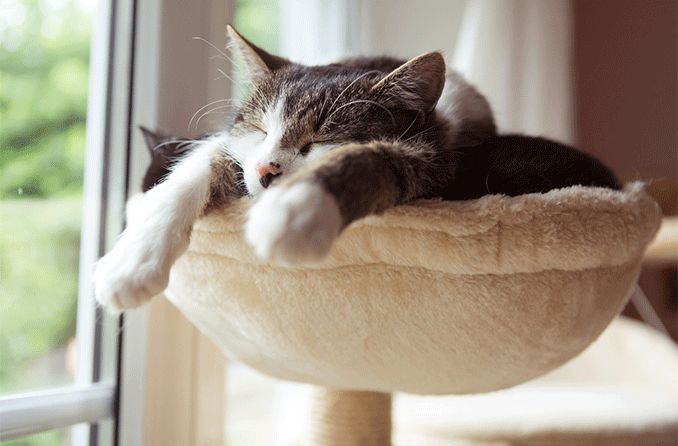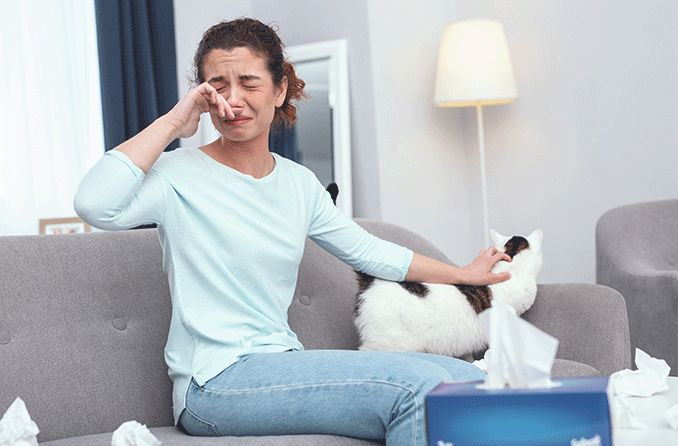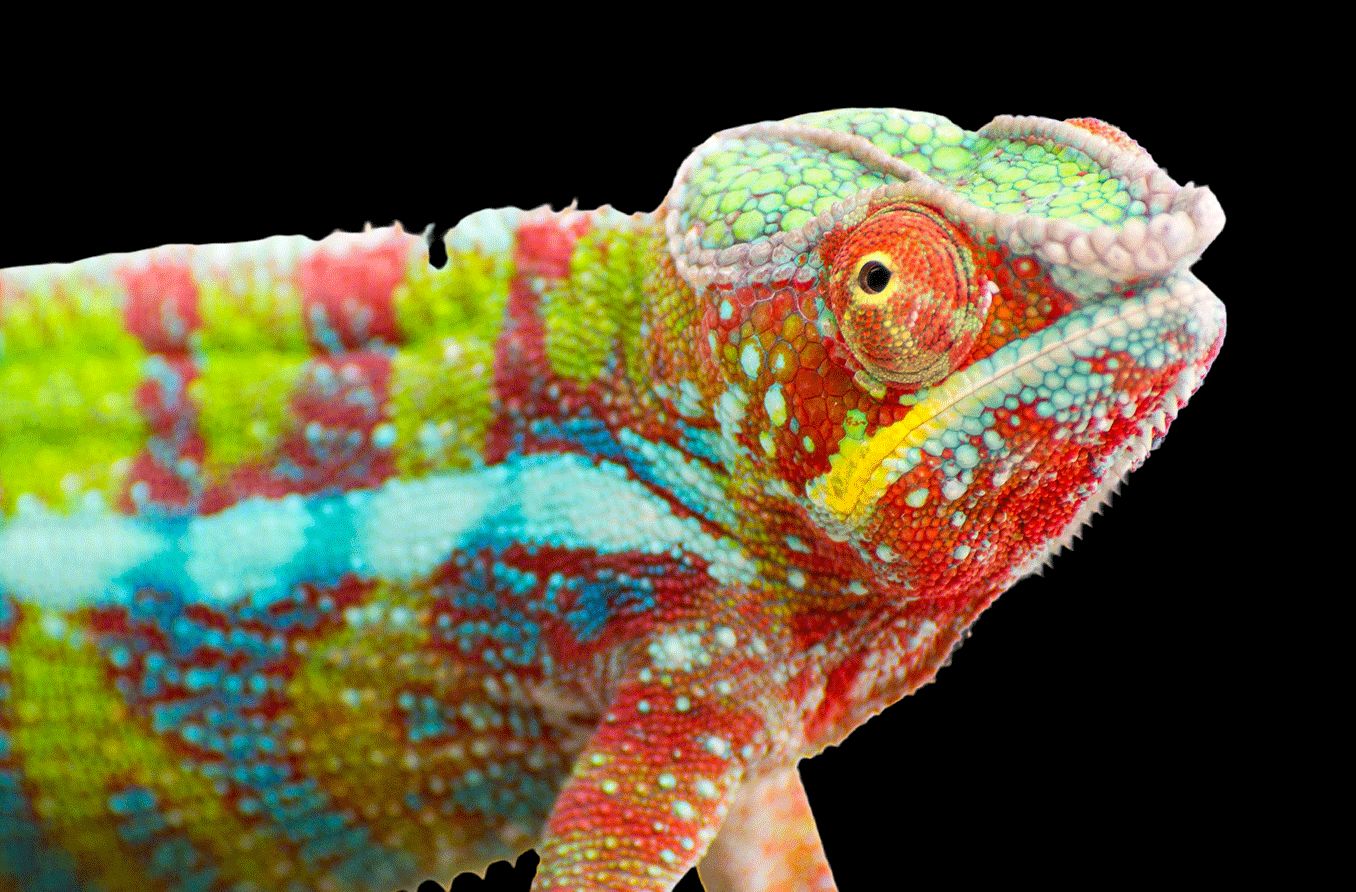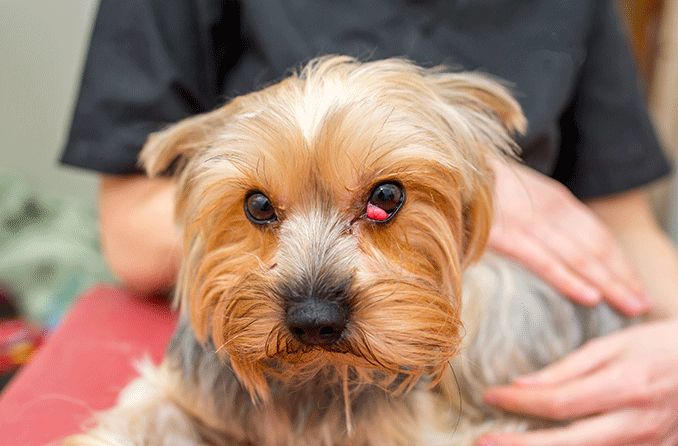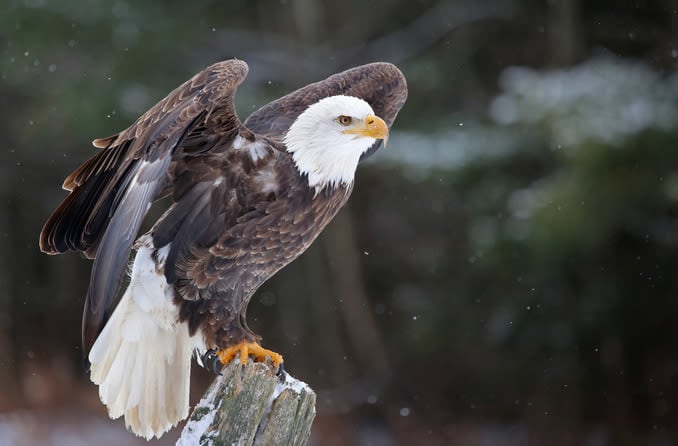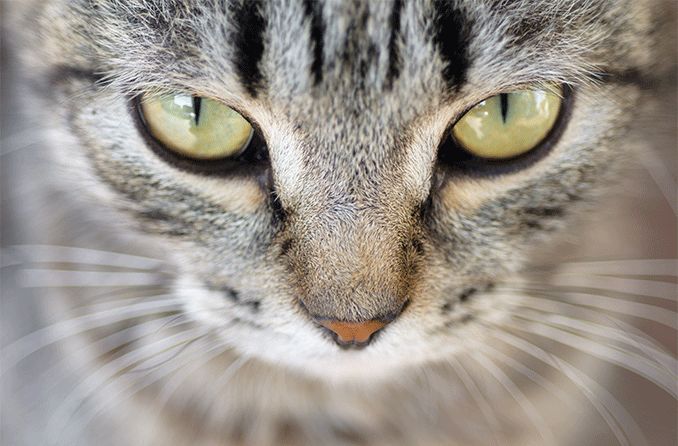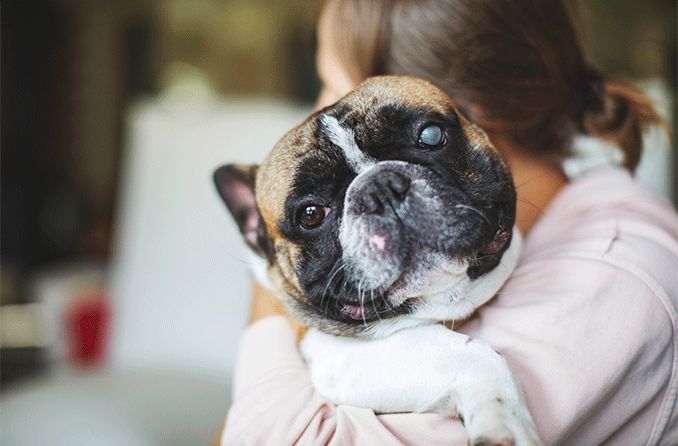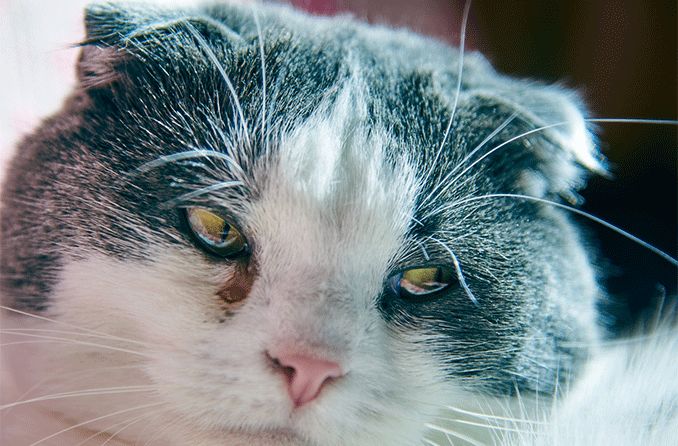Eyelids provide the eyes with vital protection from debris, infection, injury and exposure to harsh ultraviolet (UV) rays. They also help keep the eyes moist and mobile so that they can function properly.
While humans only have upper and lower eyelids, cats (and many other animals) have a third eyelid known as the “nictitating membrane” located in the inner corner of each eye. This structure provides extra protection for the animal’s eyes and is usually not visible in healthy eyes.
Why do cats have a third eyelid?
Both cat and human eyes are protected by a mucous membrane and a layer of cells known as the conjunctiva. The conjunctiva covers the surface of the eyeball and lines the eyelids, including the third eyelid in cats.
Cats have a third eyelid to provide an added layer of protection and keep the eyes moist while still allowing them to see clearly.
The nictitating membrane is not usually visible unless an infection or other underlying condition is present. If it is noticeable in your cat, this can indicate that something is wrong with your cat’s eye or overall health.
SEE RELATED: Cat eyes and vision: How cats see the world
What does it mean if a cat’s third eyelid is showing?
Sometimes the third eyelid is visible when your cat first opens their eyes after waking up from a cat nap, as well as when they yawn or blink. These circumstances are all normal and nothing to worry about, unless the third eyelid remains visible for a long period of time.
In a healthy eye, the third eyelid is not constantly visible. If it is in your cat, it could be a sign of a condition that needs veterinary attention.
Although eye conditions are closely associated with protruding third eyelids, the reason your cat may be experiencing such issues will not always be eye-related; other feline illnesses can also trigger eye problems.
Illnesses and conditions that can cause the third eyelid to protrude include injuries, infections and certain underlying conditions, such as:
- Conjunctivitis can be caused by bacteria, allergies or viruses, and can cause symptoms in your cat, including watery eyes, redness, discomfort and protruding third eyelids in some cases.
- Trauma or injury can cause swelling in your cat’s eye, which may include the third eyelid depending on the impact.
- Glaucoma can cause swelling in the eye and may reveal the third eyelid.
- Cherry eye, a condition that causes a cherry-like appearance in the corner of the eye, can cause the lacrimal gland of the third eyelid to slide out of its place. Swelling can occur, and the third eyelid may become visible. Cherry eye is more common in dogs, but it can occur in cats.
- Haw’s syndrome is a common eye condition in cats that causes the third eyelid to protrude. There is no specific cause, though it is often associated with gastrointestinal problems, including diarrhea.
- Upper respiratory infections can cause eye swelling that may include a protruding third eyelid.
- Corneal ulcers can also cause protruding third eyelids.
You may notice an affected third eyelid in either or both of your cat’s eyes. If only one of them is showing, it is likely that the condition present has only impacted one of the eyes — if both are showing, both eyes could be affected.
How is a protruding third eyelid treated?
Since the third eyelid should not be a consistently visible feature of a cat’s eye, you should contact your veterinarian as soon as you notice it is not retracting as it should. Considering there are so many possible underlying reasons a third eyelid may be protruding, treatment will depend on the cause.
Treatment should be primarily focused on treating the condition itself that caused the third eyelid to protrude abnormally. A veterinarian can determine what condition is present and work with you to provide the proper treatment plan.
SEE RELATED: What causes eye discharge in cats?
When to contact a veterinarian
The nictitating membrane in a cat’s eye may make an occasional appearance, but under normal circumstances, it should retract almost immediately. If it doesn’t and remains visible for a long period of time, there is quite possibly a serious problem.
Call a veterinarian as soon as you notice any changes in your cat’s eye(s), mood or behavior, especially if the third eyelid is protruding. Though some cases are more serious than others, it is best to take your cat in for an examination to get the proper diagnosis and appropriate treatment.
If a condition is left untreated, it can lead to serious damage and danger to your cat’s eyes and overall health — so don’t hesitate to make your feline friend a priority.
READ NEXT: Third eyelid in dogs

